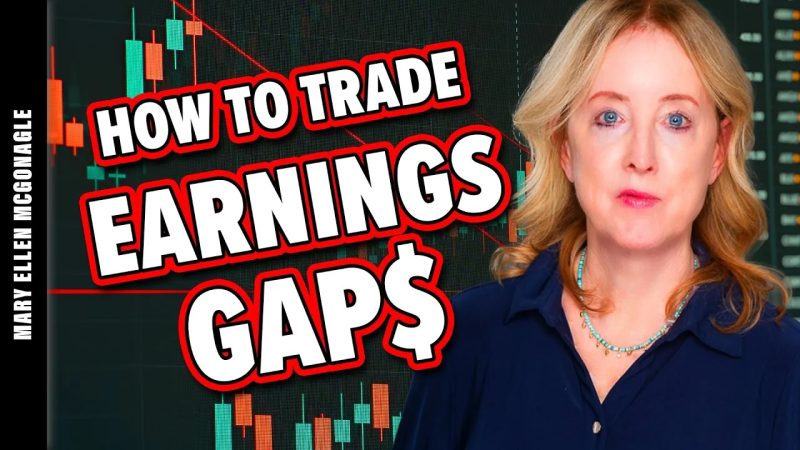Trading Gaps Up and Down After Earnings
Understanding market gaps and how to trade them can be a valuable skill for active traders seeking to capitalize on fast-moving price action. Gaps occur when the price of a security opens significantly higher or lower than its previous closing price, often driven by unexpected news or events, such as earnings reports. Trading gaps up and down after earnings requires a strategic approach to manage risk and maximize profit potential.
Identifying the Types of Gaps
Before implementing a gap trading strategy, it’s crucial to understand the different types of gaps that can occur in the market. Common gap classifications include breakaway gaps, runaway gaps, and exhaustion gaps. Breakaway gaps typically signal the start of a new trend and are accompanied by high volume and strong price movement. Runaway gaps occur in the middle of a trend and indicate a continuation of the existing price direction. Exhaustion gaps occur near the end of a trend and often precede a reversal in price.
Evaluating Earnings-Related Gaps
When trading gaps up and down after earnings, it’s essential to consider the context of the earnings report and the market’s reaction to the news. A positive earnings surprise can lead to a gap up in the stock price, while a disappointing earnings report may result in a gap down. Traders should assess the quality of the earnings report, revenue growth, guidance, and other key metrics to gauge the sustainability of the price gap.
Developing a Trading Plan
To successfully trade gaps up and down after earnings, traders should develop a clear and actionable trading plan that outlines entry and exit points, risk management strategies, and profit targets. It’s crucial to set stop-loss orders to limit potential losses and adhere to a disciplined approach to trading. Establishing criteria for trade setups, such as price movement, volume patterns, and technical indicators, can help traders identify high-probability opportunities.
Implementing Gap Trading Strategies
There are several gap trading strategies that traders can use to take advantage of price gaps after earnings releases. One approach is to wait for a gap fill, where the price retraces to fill the gap before resuming its previous direction. Another strategy involves trading the opening range breakout, where traders enter positions when the price breaks above or below the initial trading range after the market open. Additionally, traders can use gap continuation patterns to follow the momentum of the price gap and ride the trend.
Managing Risk and Reward
Risk management is a critical aspect of gap trading, as gaps can lead to fast and volatile price movements that may result in significant losses if not managed properly. Traders should carefully assess the risk-reward ratio of each trade, set realistic profit targets, and adjust position sizes based on their risk tolerance. It’s essential to avoid over-leveraging and to use proper position sizing to protect capital and preserve trading longevity.
In conclusion, trading gaps up and down after earnings presents an opportunity for active traders to capitalize on short-term price discrepancies and profit from market volatility. By understanding the different types of gaps, evaluating earnings-related gaps, developing a trading plan, implementing gap trading strategies, and managing risk and reward effectively, traders can enhance their chances of success in gap trading. Staying informed about market trends, news events, and technical analysis can further support traders in making informed trading decisions and achieving consistent profitability in the dynamic world of trading.

